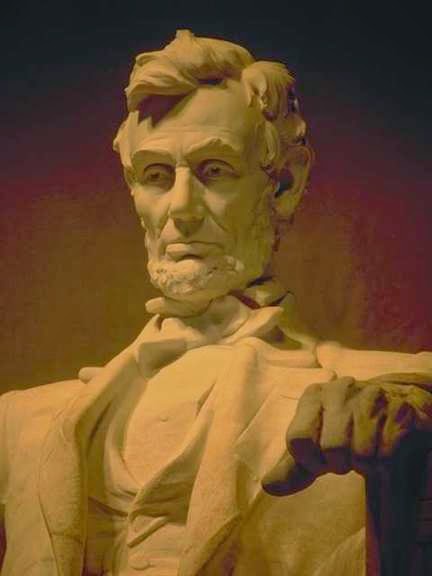Here's a simple number line showing the numbers 0 to 20 from Excel Math.
Draw this number line from 0 to 20 on your white board or post it on your wall.
Also use masking tape to create this number line on your class floor.
Your students can stand on a life-size number line to show greater than and less than.
Choose a number and ask a student to stand on it on the floor number line. Have another student circle the number on the white board.
While the first student remain on his number, choose a new number and ask a second student to stand on it.
 |
| Excel Math Number Line with Half Inch Increments |
(Have them form a peace sign or V with two fingers and then turn it sideways so the point of the V points to the smaller number.)
If your students are learning fractions, next use the half inch number line shown at right.
You can download a free Number Line worksheet from the Downloads section of our website and give one to each student.
Read more . . .
Questions about Excel Math?
Give us a call at 1-866-866-7026. When you call between the hours of 8:00 and 4:30 Monday through Friday (West Coast Time), a friendly person will answer the phone to help you.
Give us a call at 1-866-866-7026. When you call between the hours of 8:00 and 4:30 Monday through Friday (West Coast Time), a friendly person will answer the phone to help you.






















